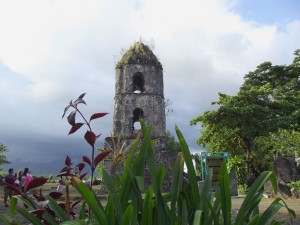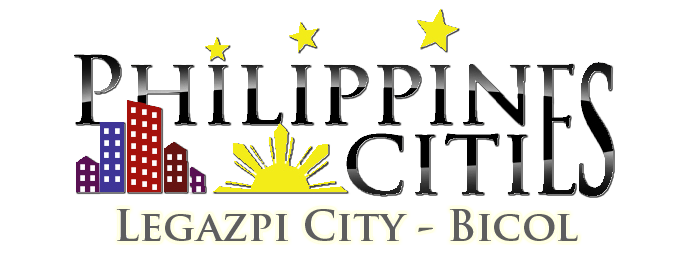The Mayon Volcano in Albay is known for its almost perfect cone shape. It is the most famous tourist attractions in Albay, Philippines. It is the main landmark and the highest point of the province of Albay, even in the entire Bicol Region. Its magnificence catches the heart of so many. It is the very first national park in the country. The majesty and beauty of Mayon can be seen throughout Albay but there’s certainly no place like Cagsawa Ruins Park where the view of the said volcano can be witnessed almost perfectly.

History
The Cagsawa Ruins are the fragments of the Cagsawa Church, a 16th century Franciscan church. It was primarily built in 1587 but was burned by Dutch pirates in 1636. It was then rebuilt in 1724 by Franciscan Friars led by Father Francisco Blanco.
In February 1814, the strongest eruption of the Mayon Volcano occurred. Several hundred million cubic of tephra and lahar buried the town of Cagsawa and its surrounding areas that killed more or less 1,200 people. Due to that eruption, only the belfry and some parts of the convent survived and remains today as a living testimony of that dreadful day.
About Cagsawa Ruin
The Cagsawa Ruins is located in Barangay Busay, Cagsawa, in the municipality of Daraga, Albay, Philippines. It is 2.2 km from the town of Daraga and is approximately 8 km from the city of Legazpi.
The ruins became a park, known as the Cagsawa Park. It is protected and maintained by the municipal government of Daraga and the National Museum of the Philippines. The Cagsawa Park is one of the most popular tourist destinations in the area. The International Tourism Bourse even recognized the site as one of the places to visit in Asia.
The Cagsawa Park is also the location of the Cagsawa Branch of the National Museum of the Philippines, also known as the Cagsawa National Museum. It houses a collection of photographs of the volcanic eruptions of Mount Mayon as well as various geological and archaeological exhibits.
